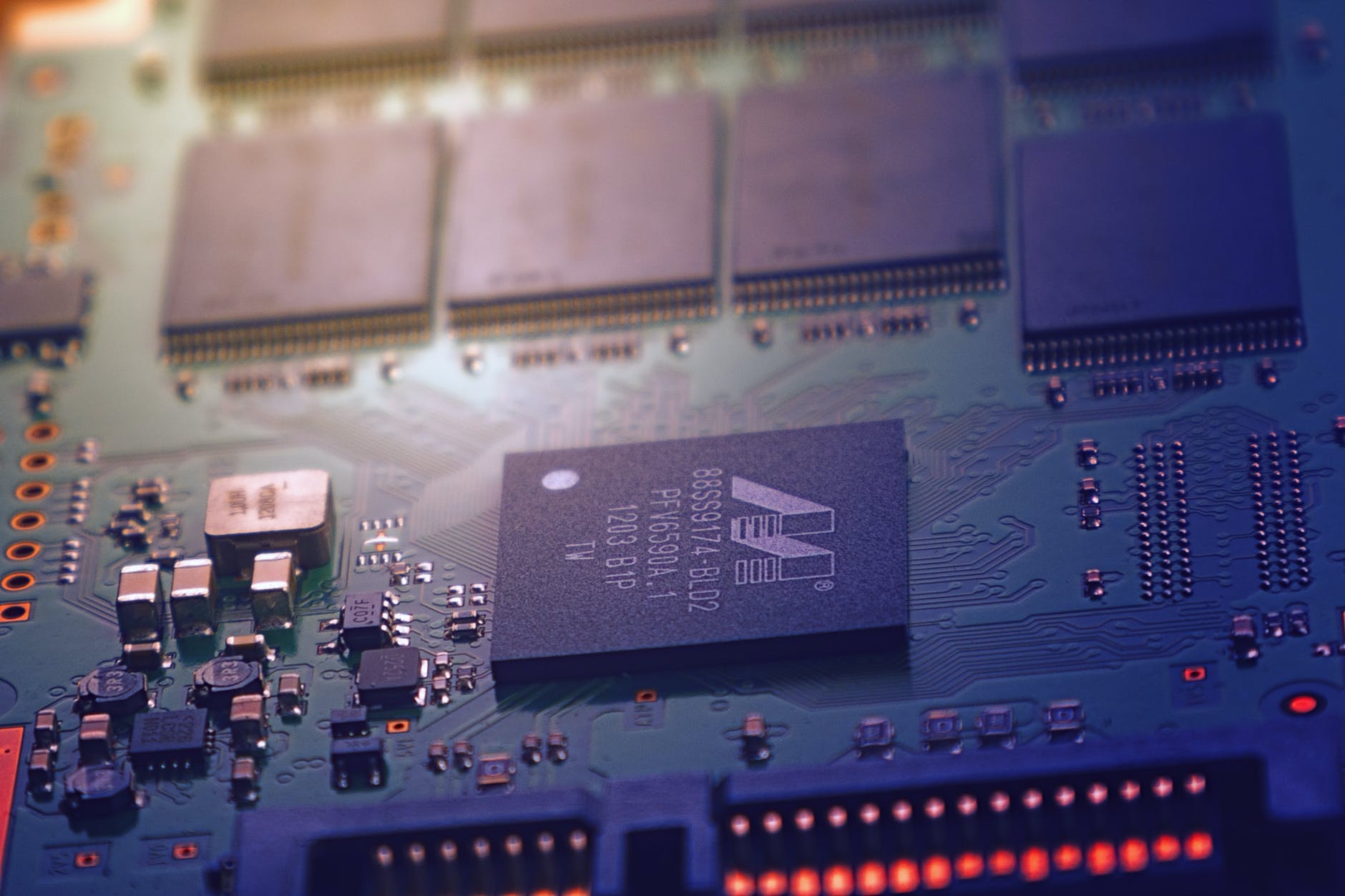Table of Content
- ♦ Recent Reports
- North America Smart Home Market – Industry Trends and Forecast to 2029
- Smart Homes Market - Growth, Trends, COVID-19 Impact, and Forecasts (2022 -
- Private Companies
- Product Outlook (Revenue, USD Billion; 2019–
- Analysis by region, the market is segmented as follows:
- Global Smart Home Market Segmentation
Advantage of ability to remotely control automated door locks using a web-enabled device such as a smartphone, tablet, or PC has been increasing their utilization in recent years. Increasing investment by major players for development of advanced home security solutions to prevent burglary and theft is contributing to growth of the smart home technology market. Moreover, growing popularity of Artificial Intelligence assistants like Siri and Alexa are additional factors driving utilization of smart home technologies among consumers. The global smart home market size was estimated at USD 62.69 billion in 2021 and is expected to expand at a compound annual growth rate of 27.04% from 2022 to 2030.

For instance, one of the finest inexpensive smart home gadgets and the best smart plug in our opinion is the USD 25 Wemo WiFi Smart Plug. Even when compared to its predecessor, the Wemo Mini, is more compact than alternative solutions. The Wemo WiFi Smart Plug is compatible with all the main smart assistants, although it lacks energy monitoring like some other smart plugs.
♦ Recent Reports
The pandemic disrupted operational efficiency and affected the value chains due to the rash closure of international and national boundaries leading to damage and revenue loss. The existing smart products such as TVs and refrigerators remained popular as they aided the demand for entertainment and convenience of customers, who were forced to stay at home. The value chain had an unfavorable impact on the supply of raw materials, impacting the development of the smart home market. Additionally, in November 2018, Legrand acquired Netatmo, a French-based smart home company. Netatmo’s products will be integrated into Legrand's portfolio, which will allow the Group to increase its presence in this market and accelerate the development of Eliot, its connected solutions initiative.

The stock market bounced back in November, erasing some of the losses incurred earlier this year. The company reported substantial increases in users, bookings, and engaged hours, but revenue only rose 2%. The company reported lower bookings per active daily user, so it seems to be losing momentum with its user base. Additionally, rapid urbanization, change in lifestyle, surge in investments and increased consumer spending positively impact the smart home market. Our database includes 500,000+ market research reports from over 95 leading global publishers & in-depth market research studies of over 5000 micro markets.
North America Smart Home Market – Industry Trends and Forecast to 2029
Wireless solutions offer flexibility to end users by lowering the requirement for cables while also eliminating the need to rebuild prevailing residences. To enhance the functionality of smart appliances, numerous new wireless protocols have been created. Apart from existing technologies, like Bluetooth and Wi-Fi, the introduction of ZigBee as well as Z-Wave is estimated to result in significant technological breakthroughs across the smart appliances market. The Global Smart Home Appliances Market size is expected to reach $49.9 billion by 2028, rising at a market growth of 8.7% CAGR during the forecast period. As well as providing an overview of successful marketing strategies, market contributions, and recent developments of leading companies, the report also offers a dashboard overview of leading companies' past and present performance.
These solutions further help building owners operate more cleanly and safely and also comply with social distancing policies. The country section of the report also provides individual market impacting factors and changes in regulation in the market domestically that impacts the current and future trends of the market. Data points like down-stream and upstream value chain analysis, technical trends and porter's five forces analysis, case studies are some of the pointers used to forecast the market scenario for individual countries.
Smart Homes Market - Growth, Trends, COVID-19 Impact, and Forecasts (2022 -
InstaView Door-in-Door Refrigerators, AI Direct Drive Washing Machines, VIRAAT Air Conditioners, UV+UF Water Purifiers, and a new line of Charcoal Microwaves are all part of the 2022 collection. Not to mention, the business recently introduced the Puricare Wearable Air Purifier. All of the home's equipment must be connected together via a single communication interface. Depending on the number of appliances and technology used, installation charges can vary significantly and become unaffordable for a customer.

There are several IoT devices that can be used for monitoring and security purposes. Smart cameras enabled with internet connectivity can be accessed from anywhere and plays an important role in home security. Gate cameras, door cameras, CCTV cameras, and in-house cameras, such as baby monitoring cameras, are examples of these cameras. The smart sensors are integrated within smart cameras and can detect heat and sound and can also detect variance in motion. These are the key factor which is expected to drive the adoption of a smart home security system.
As per the study, 80% of the U.S. were founded with smart home devices and one in four own a smart home device which thereBy increase the adoption of smart home services in this region. For smart container hardware, accuracy, and reliability of monitoring several applications are critical parameters. Among all the hardware components, sensors are the most used electronic components in smart containers. As several parameters are monitored in containers, the number of hardware components installed is large. Additionally, the cost of these devices is high, resulting in the hardware segment to hold the largest market share in the smart container market by offering. Smart home healthcare market from installation and repair service segment captured around 65% business share in 2022.

Real-time last sale data for U.S. stock quotes reflect trades reported through Nasdaq only. ● Economic impact on the Smart Home industry and development trend of the Smart Home industry. Moreover, it helps new businesses perform a positive assessment of their business plans because it covers a range of topics market participants must be aware of to remain competitive.
For instance, in January 2020, Vivint Smart Home, Inc. and Mosaic Acquisition Corp. announced a merger. The aim of the merger was to make the organization a publicly-traded company along with enhancing the smart home platform offerings. For instance, In August 2021, Schneider Electric and Livspace, home interiors and renovation platform, announced a partnership. This alliance will use Schneider Electric's superior home automation technology and Livspace's interior design experience to revolutionize the Indian home interiors market. If the buildings maintain a relative humidity of 40%-60% inside, this will decrease the virus's ability to infect occupants. If the HVAC system incorporates makeup air, it also will increase ventilation, thus creating an even more healthy environment.

Moreover, smart homes can be installed easily and integrate with other devices while enhancing security, which, in turn, is further propelling the market growth. In addition, the adoption of emerging technologies such as artificial intelligence and machine learning to identify users’ patterns and preferences and further improving user experience is expected to propel the market growth. Because of the advantages gained by connecting household items to the internet, the Internet of Things has grown in popularity among residential users. The Internet of Things connects items, software algorithms, services, and end users, allowing data to flow freely and real-time decisions to be made. It has proven to be effective in improving the quality and consistency of automation systems.
The growing use of smart gadgets and an increase in the number of internet users are driving market revenue growth. The advantages of linking household devices to the internet have made the Internet of Things more popular among residential users. In order to facilitate a seamless data flow and enable real-time decision-making, the Internet of Things links services, devices, end-users, and software algorithms.

This report researches the key producers of Smart Home, also provides the revenue of main regions and countries. Highlights of the upcoming market potential for Smart Home, and key regions/countries of focus to forecast this market into various segments and sub-segments. Country specific data and market value analysis for the U.S., Canada, Mexico, Brazil, China, Japan, South Korea, Southeast Asia, India, Germany, the U.K., Italy, Middle East, Africa, and Other Countries.
Since information related to physical safety, healthcare, and personal information is digitally kept in the cloud, there is a considerable risk that hackers may exploit this data. A hacked monitor might give access to more personal information and data, which could then be utilized to harm a user or a household. The difficulty of providing consumers with privacy and confidentiality of their personal information is one of the biggest restraints hampering the market growth. Maintaining the secrecy of the data saved is important when controlling security services remotely. Furthermore, only one gadget may potentially re-infect every smart device in the house.
In the future, manufacturers will ensure that their devices can easily communicate with one another, leading to the creation of house-based IoT clusters. Similarly, future devices will feature machine learning, pattern recognition, and more advanced automation. Reports indicate that 127 new IoT devices are connected to the internet every second. Rather, they can also increase the quality of life for employees working out of offices, as indicated by smart home statistics. To get a better idea of the industry, we think it’s best if we exemplify some of the most common uses of smart home technology.

No comments:
Post a Comment